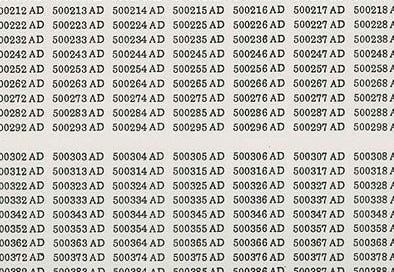Large chunks of my neighbourhood were built on a cemetery. All that remains of the Panteón Británico (a resting place for British citizens) is a small chapel that is now part of a cultural centre. I believe it is used to house exhibitions but I’ve never seen it open. A few steps south of the chapel lies a small sliver of an American graveyard: The Mexico City National Cemetery, run by the American Battle Monuments Commission. The cemetery was established in 1851 as a burial space for Americans who died in and around Mexico City during the US invasion (or, if you like, the Mexican American War). When I take my son for a walk we often step into the graveyard as he likes to look at the fountain. Walls of burial vaults flank a peaceful and well-maintained garden. One vault stands out, that of Private John H. Smith, one of the so-called Buffalo soldiers. An informational text informs visitors that the duties of these all-black cavalry and infantry regiments involved helping “control the Native Americans of the Plains” and to “protect travellers in Indian territories, escorting the mail and scouting for hostile natives”. Pride of place is given to an obelisk dedicated to 750 unknown soldiers. The inscription reads: “To the honored memory of 750 Americans known but to God whose bones collected by the country’s order are here buried”. While at this time of year it is natural to recall the St. Patrick’s Battalion of Irish natives who switched sides to fight for Mexico against the invading forces (and, in the process, become heroes on this side of the border), most of the Irish, of course, continued to fight for their northern employers. Of these 750 anonymous dead, I cannot help feel that some were from Ireland. As I wander around la San Rafael I picture their bones and ashes just under the pavements (so far from home) and remember Whitman: Phantoms of countless lost … Follow me ever—desert me not while I live. / Sweet are the blooming cheeks of the living—sweet are the musical voices sounding, / But sweet, ah sweet, are the dead with their silent eyes. (from ‘Ashes of Soldiers’)
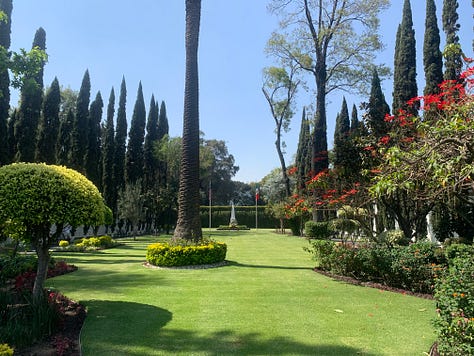
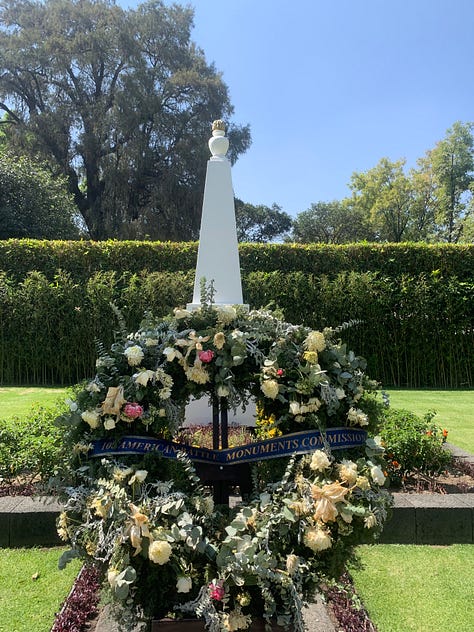
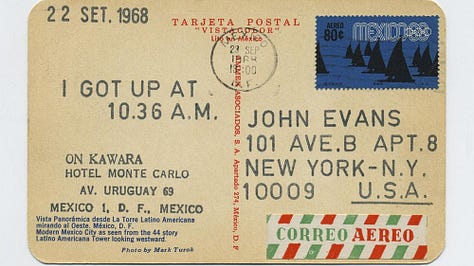
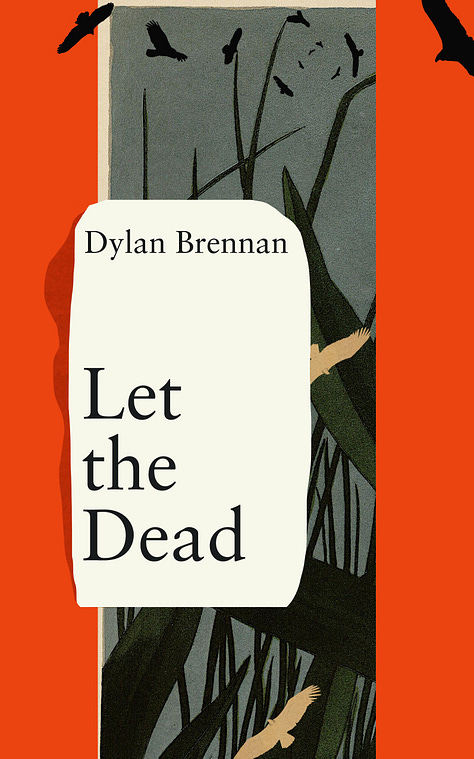
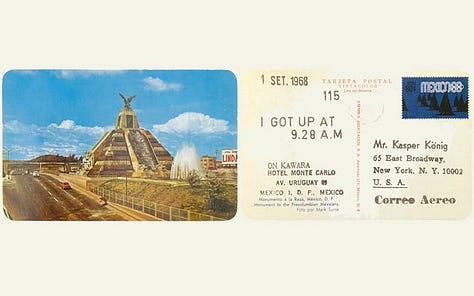

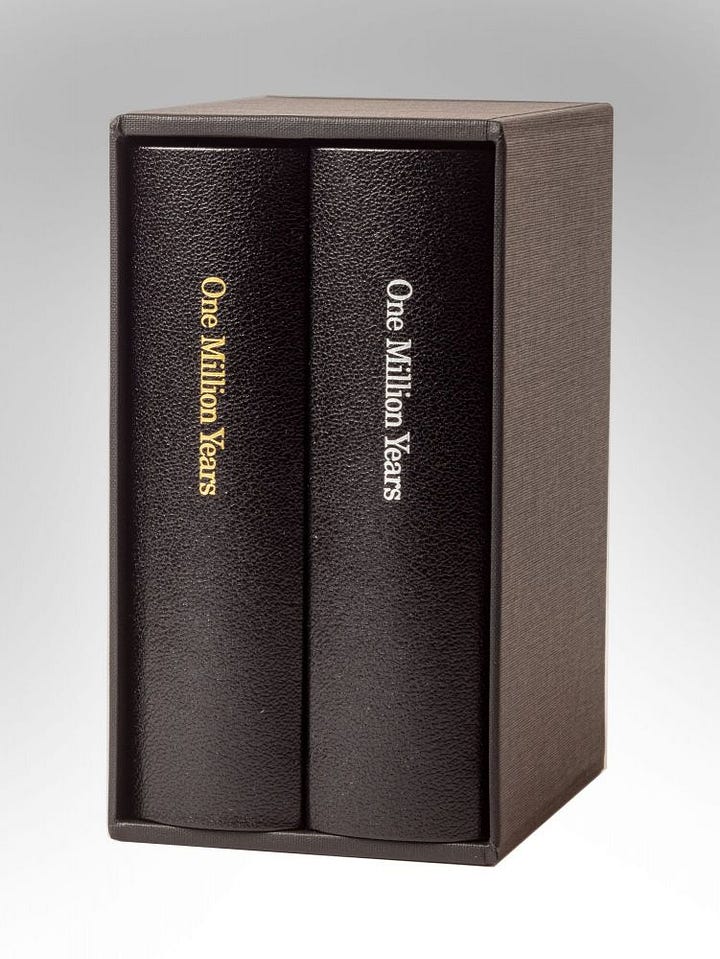
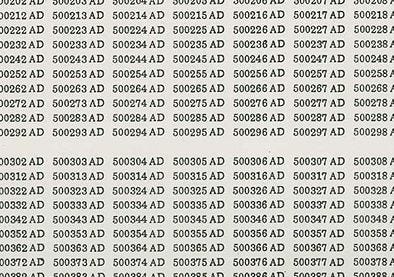
Do the living really now outnumber the dead, as I have heard claimed? No. I’ve checked. The World Economic Forum reckons that around 109 billion humans have lived and died. The current population of the living accounts for about 7% of all the humans who have ever lived. I cannot think of these statistics without remembering the work of a former resident of this city, On Kawara1. Kawara’s body of conceptual work seems entirely devoted to time, to the processes of register. Three of his well-known documentary series ‘I Went’, ‘I Met’ and ‘I Got Up’ began in 1968 here in Mexico City at the Hotel Monte Carlo. But it is his One Million Years publications that evokes images of the ‘Phantoms of countless lost’. In the first book, Past, Kawara typed out one millions years in organsied columns that span from 998,031 BC to 1969 AD. Past is dedicated to ‘all those who have lived and died’. The second book is called Future. Ending in the year 1,001,992 AD it is dedicated to ‘the last one’. During various exhibitions of these books Kawara had two people, a man and a woman, sit in a booth and alternate speaking as they read out the years. Participants were usually volunteers and they would later speak of the meditative quality of the experience or the strange journeys their minds would take as they read. Kawara’s One Million Years act as a kind of time machine for the readers, bringing their consciousness further into the past or future than ever before. Evolutionary biologists will tell you that, when it comes to an evolving life-form, the ‘first one’ can never be identified. But surely there will be a final human. Will they know?
*
I have written a book of poems. Let the Dead will be published by Banshee Press in June of this year. If I have any news, I will share it here: details on launches, readings, festivals etc. I am not sure what else I will use this space for but if you’d like to find out, please subscribe. With a full-time job and a family, I find it very difficult to find the time to write anything. But I hope this space will force me to explore ideas that will lead to new books of poetry or prose. Not expecting any paid subscribers but if you do sign up as a paying subscriber I’ll send you something, maybe a hand-written poem, if you like.

